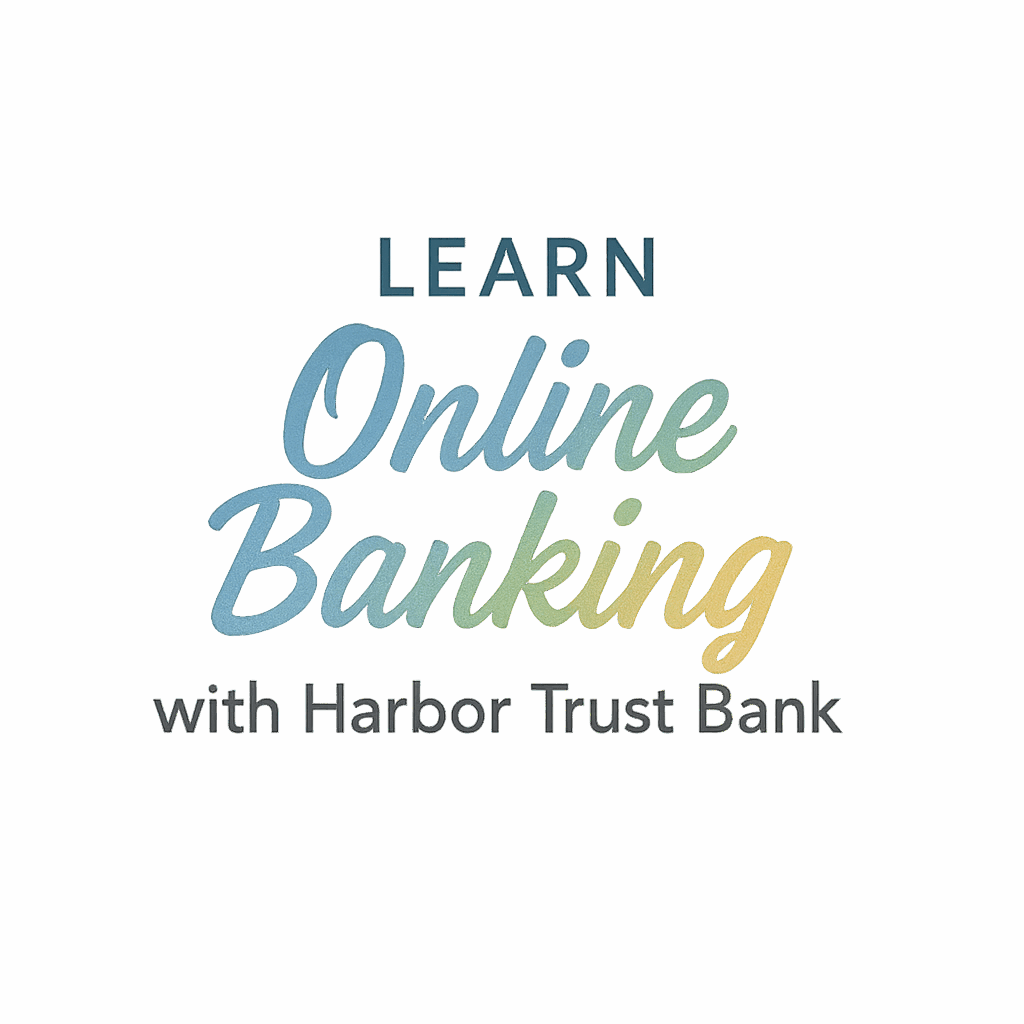Introduction
Managing allowances used to mean handing over a few bucks every week and hoping your kid learned something from it. But in today’s digital world, online banking has completely transformed how we teach children about money. Whether you’re parenting a 10-year-old saving up for a skateboard or a teen managing their first part-time paycheck, digital tools now make it easier (and smarter) to guide your kids.
In this post, we’ll explore 7 powerful online banking tips for managing allowances that can turn your kids into financially responsible young adults. Spoiler: It’s way more than just setting up a bank account.
Ready to make money lessons stick? Let’s dive in.
1. Choose the Right Online Banking Platform
Why Harbor Trust Bank Is a Great Choice
Before you even talk to your child about money, the first big decision is choosing the right platform. Not all banks are made equal, especially when it comes to tools that help parents manage allowances. One excellent option? Harbor Trust Bank.
With Harbor Trust, you’re not just getting basic checking — you’re accessing a modern online banking experience packed with features like parental controls, automation, and real-time alerts.
Key Features That Help With Allowance Management
- Customizable spending limits
- Goal-setting tools
- Real-time notifications
- Scheduled transfers
- Insights into spending habits
For more advanced options, check out Harbor Trust Advanced Features.
2. Set Up Separate Accounts for Each Child
Benefits of Individual Accounts
If you’ve got more than one kid, lumping everyone’s money into one account is a recipe for chaos. Each child should have their own account, even if they’re too young to fully manage it solo. This gives them a clear picture of their balance and spending power.
How to Do It the Right Way
With Harbor Trust, it’s easy to open family-specific banking solutions that allow you to link child accounts under your master profile. You’ll have full control while still giving your kids autonomy. Learn more under their helpful Getting Started guide.
3. Automate Allowance Transfers
Weekly or Monthly Schedules
Consistency is key when teaching kids financial habits. Instead of manually sending money, set up automated transfers — either weekly, biweekly, or monthly. This teaches the concept of payday, budgeting, and time-based saving.
Using Harbor Trust’s Automation Tools
Harbor Trust has built-in automation features where you can schedule transfers to your child’s account — all while monitoring it on your end. No need for reminders or sticky notes on the fridge.

4. Teach Budgeting Through Digital Banking Tools
Categorizing Expenses and Goals
Many online banking platforms today come with spending categories — and that’s a game-changer. Kids can quickly see how much they spend on snacks, games, or gifts. Encourage them to set goals, like saving for a new bike or concert ticket.
Using Real-Time Alerts
Real-time alerts are like digital nudges. Harbor Trust offers tips and tricks, including setting alerts that notify you and your child when they overspend or reach a milestone.
5. Enable Parental Controls and Spending Limits
Stay Involved Without Micromanaging
You don’t want to hover like a drone, but you also don’t want them blowing their allowance in one day. With parental controls, you can strike a balance. Set spending limits by category or merchant to give them structure and freedom.
How to Set Controls with Harbor Trust
Head over to the security and privacy section at Harbor Trust to set custom parental controls. You can even set account safety features like transaction alerts and restricted spending windows.
6. Monitor and Discuss Account Activity Together
Make It a Learning Opportunity
Every month (or week), schedule a sit-down with your child to review their banking activity. Ask open-ended questions like:
- What did you spend most of your money on?
- Was it worth it?
- What would you do differently?
Using Harbor Trust’s Account Insights
Harbor Trust provides detailed account insights that break down spending into digestible charts and summaries. It’s a perfect visual tool for younger users and great for family discussions. Explore more in their guides for beginners.
7. Encourage Savings with Incentives
Match Contributions or Set Milestones
Want to motivate your child to save more? Try a “parent match program” — for every $5 they save, you add another $1. Or set up rewards when they hit milestones like saving $50 or avoiding impulse buys for a month.
Use Built-In Goal Tracking
With Harbor Trust’s goal-setting features (found in the features section), your child can visually track progress toward a financial goal. Whether it’s for a new tablet or donating to charity, seeing it grow is inspiring.
Conclusion
Allowance management in the digital age isn’t just about giving money — it’s about giving lessons. With the right online banking tools, like those from Harbor Trust Bank, you can turn allowance time into a hands-on financial education. From automation to parental controls, every feature is a chance to teach kids responsibility, planning, and the value of money.
Ready to transform your allowance routine? Explore Harbor Trust’s setup options, safety tips, and finance guides for families to get started today.
FAQs
1. What is the best online bank for managing allowances?
Harbor Trust Bank is highly recommended due to its parental controls, automation, and educational tools for families.
2. Can I set spending limits for my child’s account?
Yes! Harbor Trust lets you apply spending caps, merchant restrictions, and time-based controls to child accounts.
3. How do I start setting up an allowance account?
Visit Harbor Trust’s Getting Started page and follow the step-by-step guide for families.
4. What if my child’s account gets compromised?
Harbor Trust has robust account security protocols and fast-response support in case of breaches.
5. Can my child have a savings and checking account?
Absolutely. You can create multiple linked accounts and even assign goals to savings within the Harbor Trust interface.
6. Are there any educational resources for parents?
Yes! Harbor Trust provides guides, safety tips, and tricks specifically for parents teaching kids financial literacy.
7. How do automation tools help manage allowances?
Automation ensures consistent transfers, builds routine, and integrates perfectly with Harbor Trust’s advanced features for habit-building.


